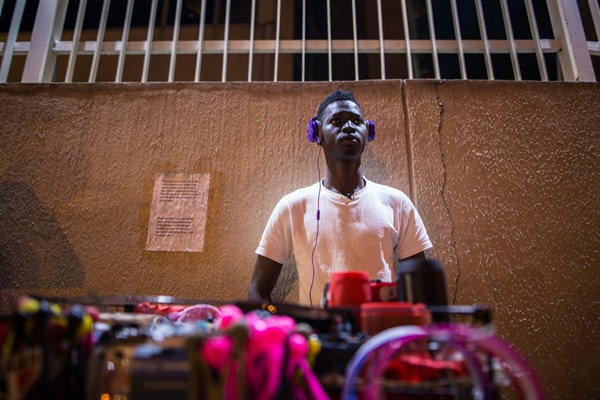Images of perilous voyages across the Mediterranean Sea dominate the popular perception of African migration, but the reality is that many migrants’ journeys have nothing to do with Europe at all. In recent years, an increasing number of migrants have quietly built lives for themselves in South America.
SAO PAULO—One day last May, fishermen working off the coast of Maranhao, a state innortheastern Brazil, came to the rescue of a rough-looking catamaran with a busted mast and a nonfunctioning motor. After towing the boat to safety, they realized it was carrying an unlikely group of passengers: 25 men from sub-Saharan Africa who said they’d been at sea for over a month.
The men had boarded the vessel on the other side of the Atlantic, in the island nation of Cape Verde, paying hundreds of dollars apiece for their spots. Some of them later said they could see immediately that the boat was too small, but they decided to get on anyway. Worse still, after the food they brought ran out, the men were forced to make do with a paltry supply of biscuits and whatever fish they could catch. With no cover from the hot sun, some resorted to drinking urine after their water reserves were exhausted.
Somehow, all 25 survived. “After 35 days of journey in these conditions, it is really lucky that nobody died,” a Brazilian police official told The Guardian.
Listen to Luisa Feline Freier discuss this article on WPR’s Trend Lines Podcast. Her audio starts at 21:00.

